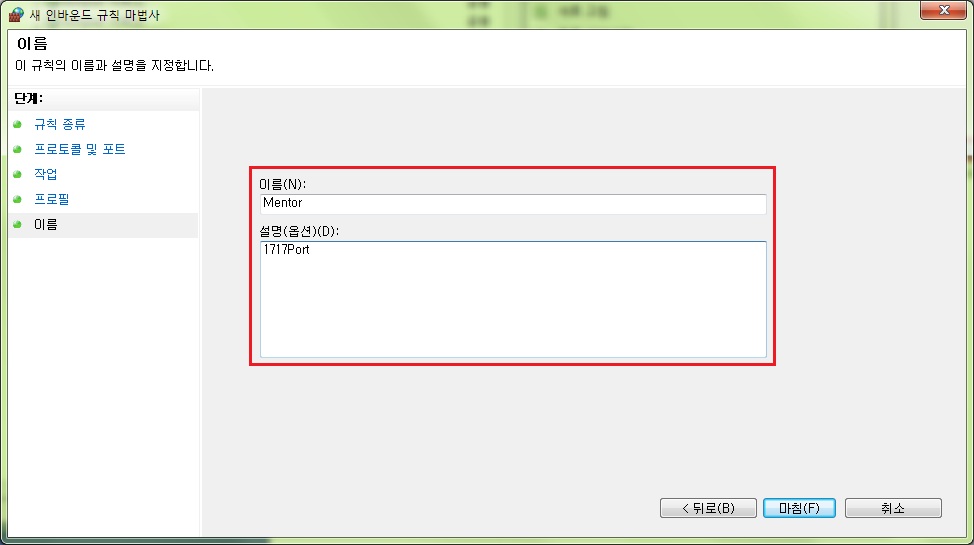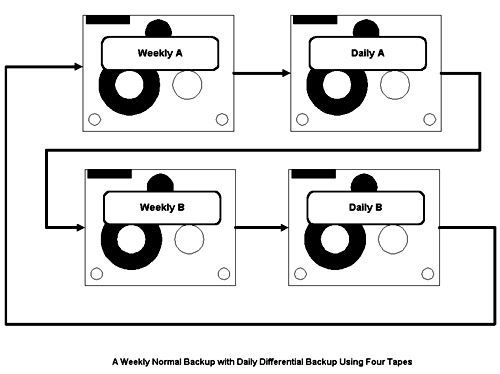
- #None su2serial port win7 how to
- #None su2serial port win7 serial
- #None su2serial port win7 driver
- #None su2serial port win7 Pc
- #None su2serial port win7 windows
Sometimes, all devices are not connecting properly to the computer and showing problems. If you are the user of this great and amazing flashing box Miracle box and you are looking for to connect this to your computer. I hope it could be useful for someone else.Miracle Box, a one of the best flashing Box of mobile phones. Getting these solutions took me more than a week.

You also can disable the COM port, unplug it, and enable it again (the SerialMouse will be removed) and plug it.
#None su2serial port win7 windows
If you have acces to Windows device Manager, you can apply the second point by disabling/enabling the COM port rather than rebooting Window.
#None su2serial port win7 serial
If you can manipulate your Serial device to stop working (actually, stop sending data) like turning it off, or pausing in some way the device, then you can boot Windows and then resume the device work. Unplug the port before turning on the PC, and once Windows starts, you can plug it. Let's recap: the error comes from the identification (enumeration) of the port, when data is coming into the port, so, if you can avoid data flowing at the moment of the enumeration, then you got it. If you don't have acces to Windows Registry, there's a simple (and temporary) solution. Replacing the value 3 to 4 in the key Start. You also can modify the Windows Registry to avoid the service to start: \HKEY_LOCAL_MACHINE\SYSTEM\CurrentControlSet\Services\sermouse To avoid it, you only need to disable the Serial Mouse (not uninstall, because in future reboots, windows may load it again). So that's why the port refuses any new connection. Screenshot Serial Mouse in Windows Device Manager I tried several amounts of bytes, at the end I realized that if the app sends exactly or more than 22 bytes each 250ms using 9600 baudrate and force an enumeration ( windows reboot or disabling/enabling or deleting the device), the port gets blocked and Windows creates a new device, a Serial Mouse which takes control of the COM port: This._serialPort.Write("ZABCDEFGHIJKLNOPQRSTUG") //22 bytes ->22 x 4(250ms) = 88 bytes/s -> con baudrate 9600 This is the app's code: class SerialPortConnection : IDisposable
#None su2serial port win7 Pc
I made a C# ConsoleApp which constanly sends data to the port by using a USB-RS232 adapter connected to another PC which has a legacy serial port. I'd like to give more details about what I did. My Computer thinks the GPS unit is a mouse.
#None su2serial port win7 how to
#None su2serial port win7 driver
so that way of wiring, can't thereīe any bussines logic problem under RS232, right?Īn option could be a driver incompatibility with the motherboard serial port? Now I'm thinking about some hardware related problem, the serial port is wired as NullModém, which means that only GND, Tx and Rx are connected. I confirmed again, the ports is not being used.


ProcessExplorer, this tool is like TaskManager but gives you a detailed view of each processes, including the handles.It's been detected but blocked in someway. When I get the port unused, I tried searching the handle of the SerialPort ("Device/Serial0"), and none process was using it. Handle, I found out the existence of handles, they're like dependencies linked to a process including a device instance (using driver file).I made a similar script but got the same result. DevCon, It makes a similiar thing as PnPUtil, but it specifies that works with any devices pluged to the computer.By definition it works with PlugAndPlay devices. It didn't worked, I had to unplug and plug in physically the serial device. PnPUtil, creating a double click PowerShell script to disable and enable the device.Knowing that I've tried using some Microsoft tools:

Sometimes the SerialPort is available until I disable the port in the device in Windows DeviceManager, restart the computer and enabling it again. I need to plug in a serial device to the computer, it works properly most of the times, but in certains situations the port stops working, just refuses any new connection even when any process is using it, the device manager shows the port is available (the driver is loaded). Have an issue managing a SerialPort on Windows 10.


 0 kommentar(er)
0 kommentar(er)
